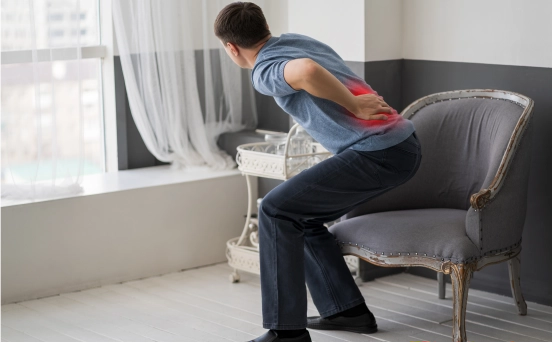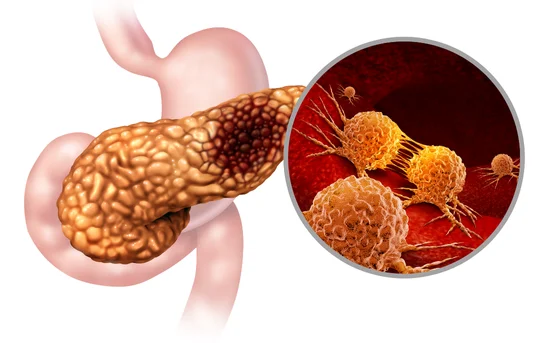Ureteroscopy has become one of the most commonly performed urological procedures used to treat kidney stones and diagnose problems in the urinary tract. With the advancement of endoscopic technology, it is now considered minimally invasive and highly effective. However, like any medical intervention, ureteroscopy is not without risks. Understanding the potential complications of ureteroscopy is essential for both patients and healthcare providers in making informed decisions and preparing for recovery.
However, as with any medical or surgical intervention, ureteroscopy is not entirely free of risks. While most patients undergo the procedure without major issues, some may experience mild to serious complications that can affect recovery and long term health. The likelihood and severity of complications can depend on several factors such as the size and location of the stones, the patient’s anatomy, previous surgeries, and the presence of underlying infections or chronic illnesses.
What Is Ureteroscopy?
Ureteroscopy is a diagnostic and therapeutic procedure used to examine the urinary tract, particularly the ureters and kidneys. It involves inserting a thin, flexible tube called a ureteroscope through the urethra and bladder into the ureter, allowing doctors to visualize and treat abnormalities such as stones, strictures, or tumors.
Ureteroscopy is often used for :-
-
Removing ureteral and kidney stones
-
Diagnosing hematuria (blood in urine)
-
Biopsying suspicious lesions
-
Treating strictures or narrowing of the ureter
The procedure is usually done under general or spinal anesthesia and can be either diagnostic or interventional, depending on the patient’s condition.
Common Complications of Ureteroscopy
Though generally safe, ureteroscopy does carry a risk of complications. These can range from minor, self-limiting symptoms to more serious issues requiring medical or surgical intervention. Let’s delve into the most commonly reported complications.
- Urinary Tract Infections (UTIs) :- Urinary tract infections are among the most common complications following ureteroscopy. The insertion of instruments into the urinary tract can introduce bacteria, leading to infection. Patients may experience symptoms such as burning sensation while urinating, fever, chills, urgency, and foul smelling urine. In most cases, UTIs can be treated effectively with oral antibiotics. However, in some cases, especially if left untreated, the infection can spread to the kidneys (pyelonephritis) or bloodstream (sepsis), necessitating hospitalization.
- Ureteral Injury or Perforation :- During ureteroscopy, the ureter may be subjected to mechanical trauma from the scope, laser, or other instruments. This can cause small tears or perforations in the ureteral wall. While minor injuries often heal with temporary stenting, more significant damage may require surgical repair. Symptoms of ureteral injury can include severe flank pain, hematuria, or even urinary leakage into surrounding tissues.
- Bleeding and Hematuria :- Mild bleeding is quite common after ureteroscopy, particularly if the mucosal lining of the ureter has been irritated or biopsied. Hematuria (blood in urine) typically resolves within a few days post procedure. However, in rare cases, significant bleeding may occur, especially if blood vessels are damaged during the procedure. Continuous or heavy bleeding should be evaluated by a urologist to rule out vascular injury or infection.
- Ureteral Stricture Formation :- A ureteral stricture refers to abnormal narrowing of the ureter, often caused by scarring or trauma. Repeated ureteroscopies or complications like infection and perforation increase the risk of stricture formation. This condition may result in blockage of urine flow, leading to hydronephrosis (swelling of the kidney), pain, and potential kidney damage. Treatment often involves endoscopic dilation, stent placement, or surgical reconstruction.
- Postoperative Pain and Discomfort :- Many patients report experiencing pain after ureteroscopy, particularly in the lower abdomen or flank. This can be due to manipulation of the ureter or the presence of a temporary stent placed to maintain urine flow. While this discomfort is usually manageable with over-the-counter pain relievers, in some cases, pain may persist due to stent irritation or stone fragments passing through the urinary tract.
- Ureteral Avulsion (Rare but Serious) :- One of the rarest yet most serious complications is ureteral avulsion, which involves the tearing away of the ureter from the kidney or bladder. This catastrophic injury can occur if excessive force is used during the extraction of a large or impacted stone. Ureteral avulsion often necessitates immediate open or laparoscopic surgery and, in extreme cases, may even lead to the loss of kidney function.
- Incomplete Stone Removal :- Despite advancements in endoscopic technology, ureteroscopy may not always result in complete stone clearance. Residual fragments can remain in the kidney or ureter, especially if the stone burden is large or located in difficult to access areas. These fragments can later grow or migrate, causing recurrent symptoms and requiring additional procedures.
-
Stent Related Complications :- A ureteral stent is often placed after ureteroscopy to keep the ureter open and ensure smooth urine drainage. While effective, stents can cause their own set of problems, including :-
-
Pain or pressure in the bladder or kidney region
-
Frequent urination or urgency
-
Blood in urine
-
Stent migration or encrustation if left too long
Most of these issues resolve after the stent is removed, usually within 1–2 weeks of the procedure.
-
Risk Factors for Complications
Not every patient undergoing ureteroscopy faces the same level of risk. Certain factors can increase the likelihood of complications, including :-
-
Large or impacted stones
-
Active urinary tract infections
-
Previous ureteral surgeries
-
Congenital abnormalities of the urinary tract
-
Diabetes or compromised immune system
Proper pre operative evaluation and imaging can help identify high risk cases and reduce potential problems during or after the procedure.
Preventing and Managing Complications
Although some complications are unavoidable, many can be prevented or managed effectively. Here are a few preventive strategies and best practices :-
-
Antibiotic prophylaxis :- Administering antibiotics before the procedure helps lower infection risk.
-
Gentle instrumentation :- Experienced surgeons avoid excessive force or repeated manipulation.
-
Appropriate stent usage :- Timely placement and removal of stents minimize related issues.
-
Hydration :- Patients are advised to drink plenty of fluids to flush out residual debris and reduce infection risk.
-
Follow up imaging :- Ensures stone clearance and helps detect any post-operative issues early.
Prompt attention to symptoms such as fever, severe pain, or difficulty urinating after ureteroscopy is crucial to identifying and treating complications before they worsen.
Conclusion
Ureteroscopy is a safe and effective procedure for treating kidney stones and diagnosing urinary tract conditions. However, like any medical intervention, it carries a risk of complications that patients should be aware of. The most common issues include infections, ureteral injuries, bleeding, postoperative pain, and stent discomfort. Rare but serious complications like ureteral avulsion and stricture formation also exist, particularly in complex cases.























